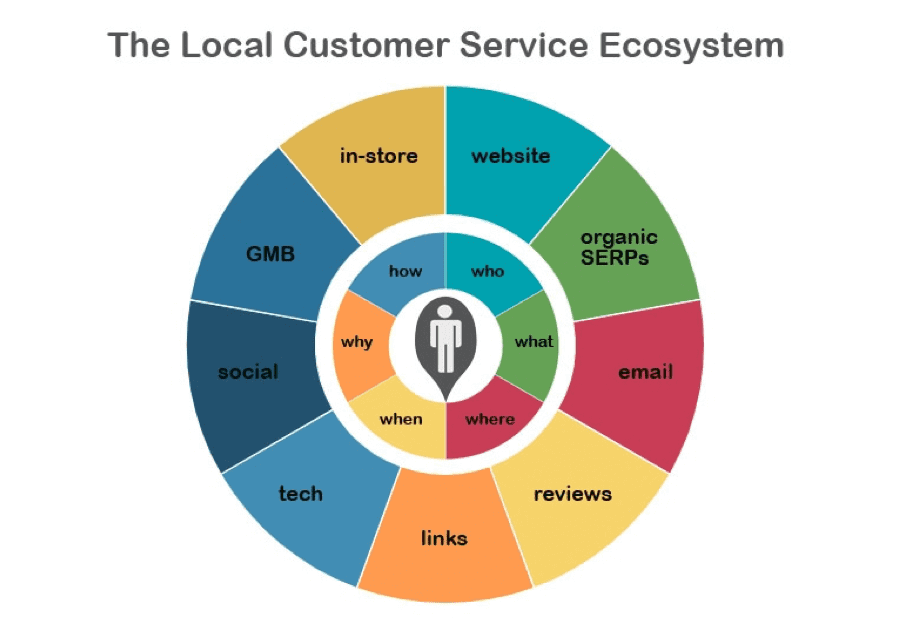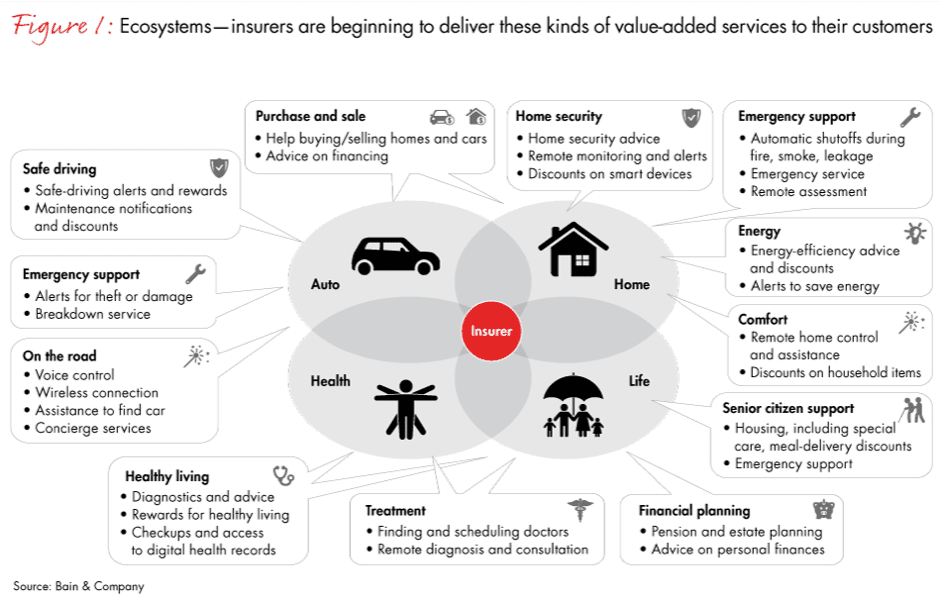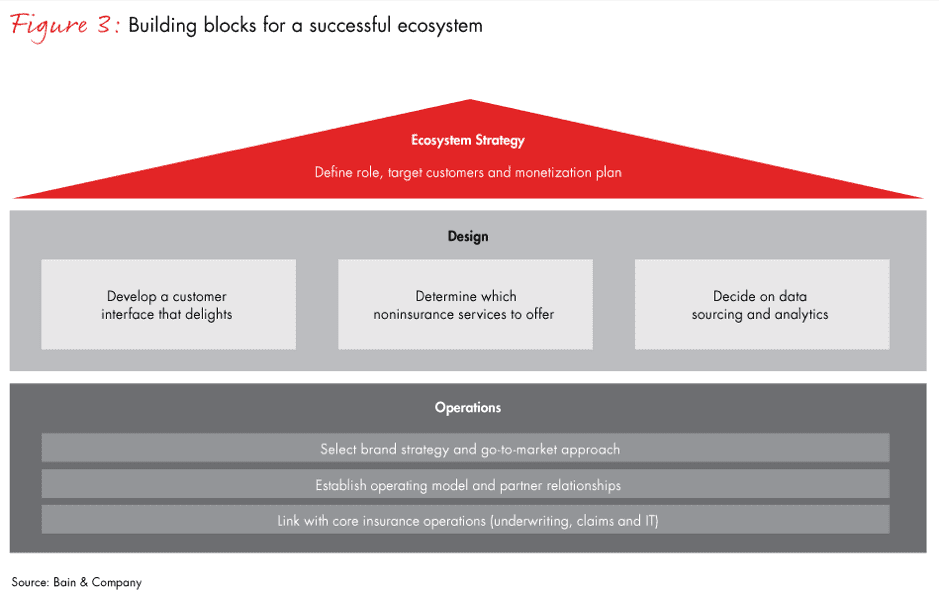Why local customer service ecosystem matter?
The concept of customer experience is built around delivering value. One of the integral elements of the value proposition of any business is customer service.
A well-oiled customer service machine is the multi-faceted beast. It is capable of working all-round insight miracles for multiple aspects of the business operation. The customer service ecosystem is a swiss army knife for information gathering.
Download our Premium Resource – Customer onboarding guide
Online customer onboarding is essential to developing brand loyalty and advocacy. Before you can achieve these goals you have to deliver a good impression and develop the customer feelings for the brand.
Access the
Here’s why:
- It is designed to keep feedback with the user audience, maintain their basic needs and demands.
- It is also a valuable source of information regarding user habits and the tendencies of product/service use.
- The interaction with the customer points identifies where there is room for improvement and exposes the weak points of your design or business model.
What is a local customer service ecosystem?

The rapid evolution of online supporting services has opened up many possibilities for localized service structures.
From a business standpoint, it turns a significant chunk of interactions with customers into a data mine that allows for improvement and further business development. In addition to that, focusing on a specific region narrows the focus of your effort and allows for more direct and thorough interaction.
The ecosystem itself consists of several elements, all of which cover different aspects of the customer’s needs and demands through various information channels.
Basically, it consists of the following elements:
- Website
- In-store (if present)
- Customer feedback / reviews / comments
- Email newsletter and correspondence
- Social media
Combined, these elements create an intricate balancing act that delivers fulfilling customer experience with high engagement and return rates.
The purpose of Local Customer Service
The key thing you need to understand about Local Customer Services is that it is there to:
- Assist with the proceedings
- Consult regarding nuances of the proceedings
- Solve problems
These three elements form the foundation of the service. It is important to keep in mind that the service revolves around the customers and not the other way around.

How to make great local customer service?

In-store
Your store is the ground level of the customer service. This is where the majority of the action occurs and is where the intensity often rises exponentially.
In order to ensure a steady operation and smooth interaction you need to look provide
- The accessible and available brand policy that cover the rights and responsibilities of both employees and consumers.
- Well-verbiated phone staff with good language and negotiation skills and a deep understanding of policies, products and services. The key is being accessible for the clients. It is important to equip them with FAQs covering the basics and provide them with the operating procedures in cases when the problem is beyond their competence and requires further assistance.
- Support of the payment forms and gateways that are commonly used by local customers. It is important to cover all options just in case. In addition to that, don’t forget about the "universal solutions" like Paypal.
- The detailed table describing hours of operation and available services. In addition to that, don’t forget about special informing regarding closures or special hours.
Website
In this day and age, websites are quickly surpassing the importance of the in-store dimension of the customer service.
With the emergence and rapid development of e-commerce platforms in retail - in many cases, this is also becoming the primary dimension for the customer services. The thing is, your website can be an incredible source of information for customers in and of itself. This allows you to streamline customer support proceedings and leave assistance to the peculiar cases.
Here’s what you need to do to make it right:
- Create problem-solving content with thorough, detailed descriptions of the solutions in a convenient and easy-to-follow manner. The key is usefulness.
- Make sure the contact information is visible and easy to access. Include multiple contact options and also "click to call" and "book the call" features.
- Provide credibility proofs for each element of the service you offer. This includes testimonies, reviews, licenses, certifications, accreditations, affiliations and security seals.
- Outline the rights of the consumer and the brand and its basic breakdown.
Email
Email is something of a backburner for local customer service. It is never centre stage but it is always present.
The primary purpose of email in the ecosystem is to inform customers about important things happening with the company, service or customer requests.
Emails can include either a basic message notifying a customer that their message has been received and is being processed or it can inform them of the progress in processing their query or request. It can also notify the results of their requests and ask for further feedback regarding the quality of the service.
In addition to that, email can work as a reminder of the important things regarding the services.
There are also newsletters to consider, which provide basic news updates and special offers that can be accessed via opt-in and consent.
Reviews
Reviews, testimonials, and comments are important indicators of the quality of the customer service offered by a company.
Given the fact that there are many review platforms available online - it is important to keep an eye on them and provide relevant feedback to all sorts of reviews.
This means you need to develop a clear-cut response strategy to cover every tonal variation within reviews - from astoundingly positive to exceedingly negative.
Here are the things you need to cover:
- The accuracy of the basic information regarding the company throughout the review platforms.
- Swift "detect and response" policy. Be aware that some of the reviews might be intentionally damaging to the reputation of your compy and might be coming from your competitors. However, keep the somber and respectful tone and prove your higher ground with solid facts and actions.
- Apply sentiment analysis on reviews to explore the tendencies and geography of the emerging problems. Also, monitor the trends and leanings of the troubleshooting and problem-solving.
- Apply spam filters (if possible).
- Incite frequent customers to leave reviews.
Social
In the context of local customer ecosystem, social media is playing the role of the distinguished newsflash holler. In addition to the ground-level engagement with the customers, it can be used to inform them about important changes and special offers.
On the other hand, social media can play double duty and be used to get feedback from your customers.
Here are the things you need to keep an eye on:
- Consistency of branding
- Clearly defined content strategy
- Visibility of the brand
In conclusion
These are the main tips to consider when it comes to making the local customer service ecosystem effective. There are many more nuances that ensue in the process but there is no "one-size-fits-all" solution - it all depends on the nature of the services and its infrastructure.
Being a content marketer at
The App Solutions, Michael Shannon strives to help brands to plan effective business strategies including creating, publishing and distributing content for a targeted audience online. With 5 years of rich domain knowledge, he loves to share his views on modern technologies through his well-researched content pieces. You can follow him on
Twitter.









